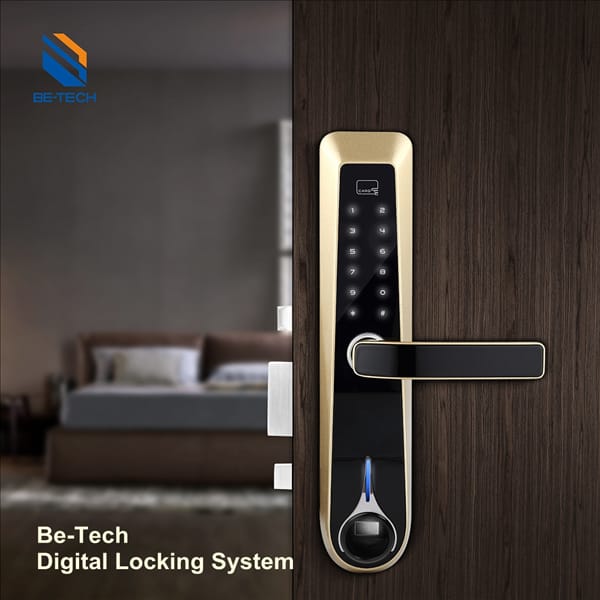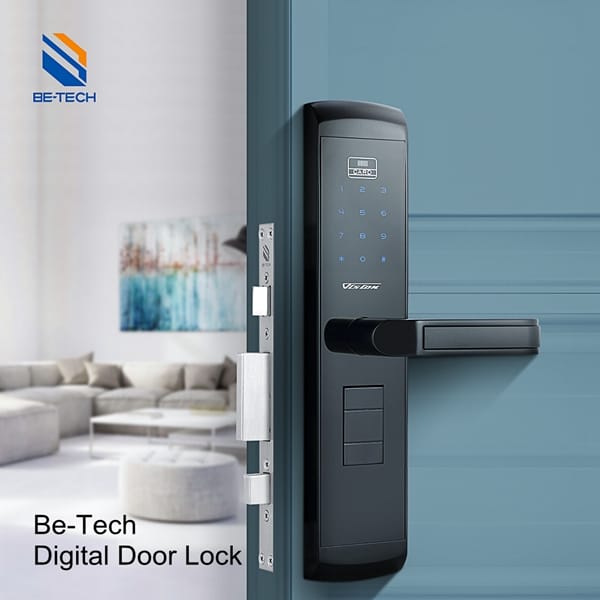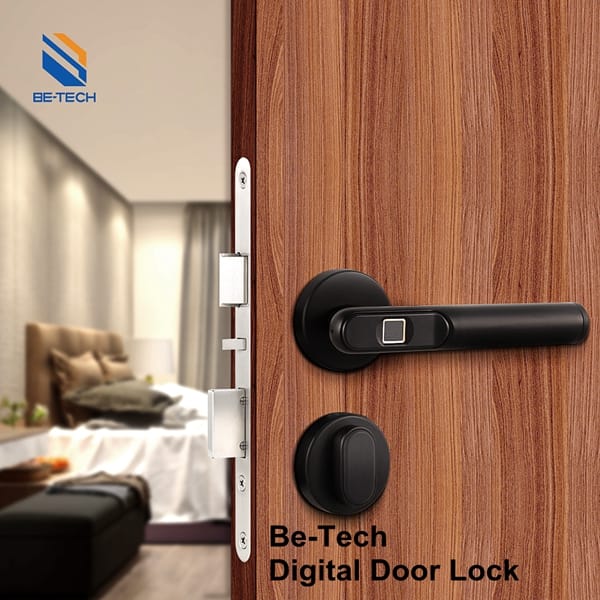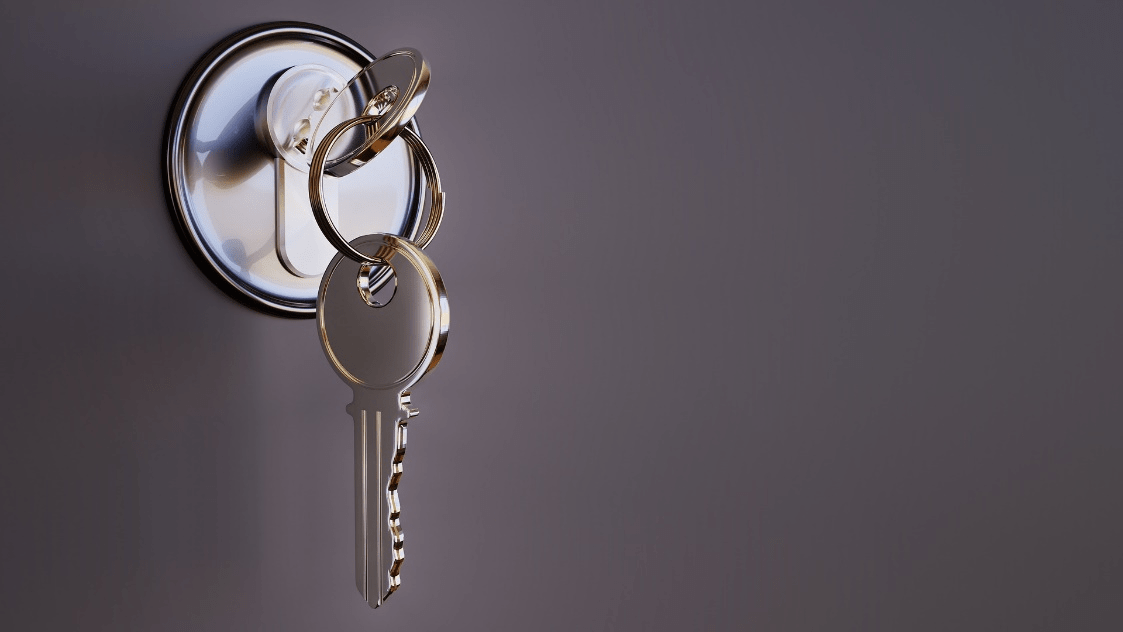Composite doors have become an increasingly popular choice for hotels, resorts, and businesses due to their durability, security, energy efficiency, and visual appeal. However, as with any product, they can develop issues over time that require maintenance or repairs. This comprehensive guide from Be-tech Lock, a leading hotel door lock system supplier in China, provides proven solutions for the most common composite door problems.
What are Composite Doors?
Composite doors consist of a PVC-U frame and door leaf made using various materials layered together under intense heat and pressure. The core is commonly filled with insulation or reinforced uPVC for stability. This solid composition results in exceptional thermal and acoustic insulation.
The outer surface utilizes a glass-reinforced plastic (GRP) skin that resists denting and repels water. Composite doors can replicate wood grains or colors for customizable aesthetics aligned with a property’s style.
Common Composite Door Issues
Despite their durable construction, composite doors can develop issues over years of use, including:
- Warping/Bowing due to temperature fluctuations
- Discoloration/Fading from sun exposure
- Expansion/Contraction Gaps causing drafts
- Insulation Issues from gaps or poor core materials
- Cracking from weather pressure
- Sticking/Misalignment preventing smooth operation
- Locking Mechanism Issues from warping/expansion
- Glass Damage from impacts or temperatures
- Water Leakage through seals or around glass
- Reduced Sound Insulation from gaps
Proven Solutions
- Replace Affected Components like panels, locks, seals
- Adjust Door Hinges to realign warped doors
- Apply Weatherstripping/Caulking to seal gaps
- Lubricate and Adjust Locks like Be-tech’s smart hotel locks
- Refresh Appearance with restorers, paints, stains
- Ensure Proper Installation and Maintenance
- Address Root Causes like sun exposure, lack of overhangs
Preventative Maintenance Tips
- Allow Room for Expansion during installation
- Fully Engage Top/Bottom Locks when closing
- Apply Protective UV/Moisture Coatings
- Regularly Inspect and Replace Weatherstripping
- Clean and Lubricate Hardware like Be-tech electronic locks
By implementing these solutions and preventative measures from Be-tech Lock, hotels and businesses can maximize the performance, efficiency, security, and longevity of their composite door investments. Be-tech’s expertise in access control and hotel lock systems ensures a comprehensive approach to door maintenance.
For additional information or assistance with your facility’s door security systems, please contact Be-tech Lock at +86-757-28376123. Our experts are ready to enhance guest experience, security, and operational efficiency with cutting-edge solutions.









